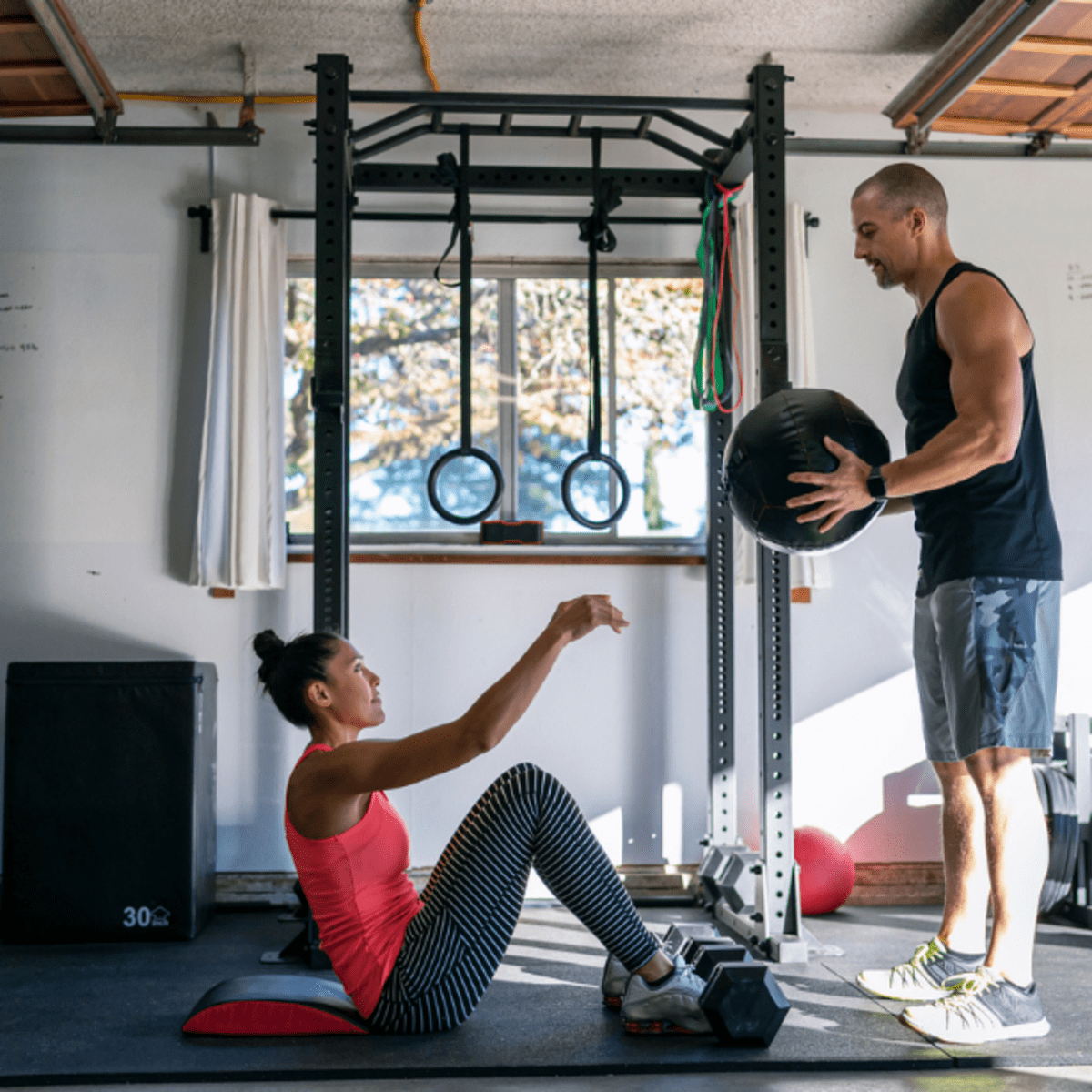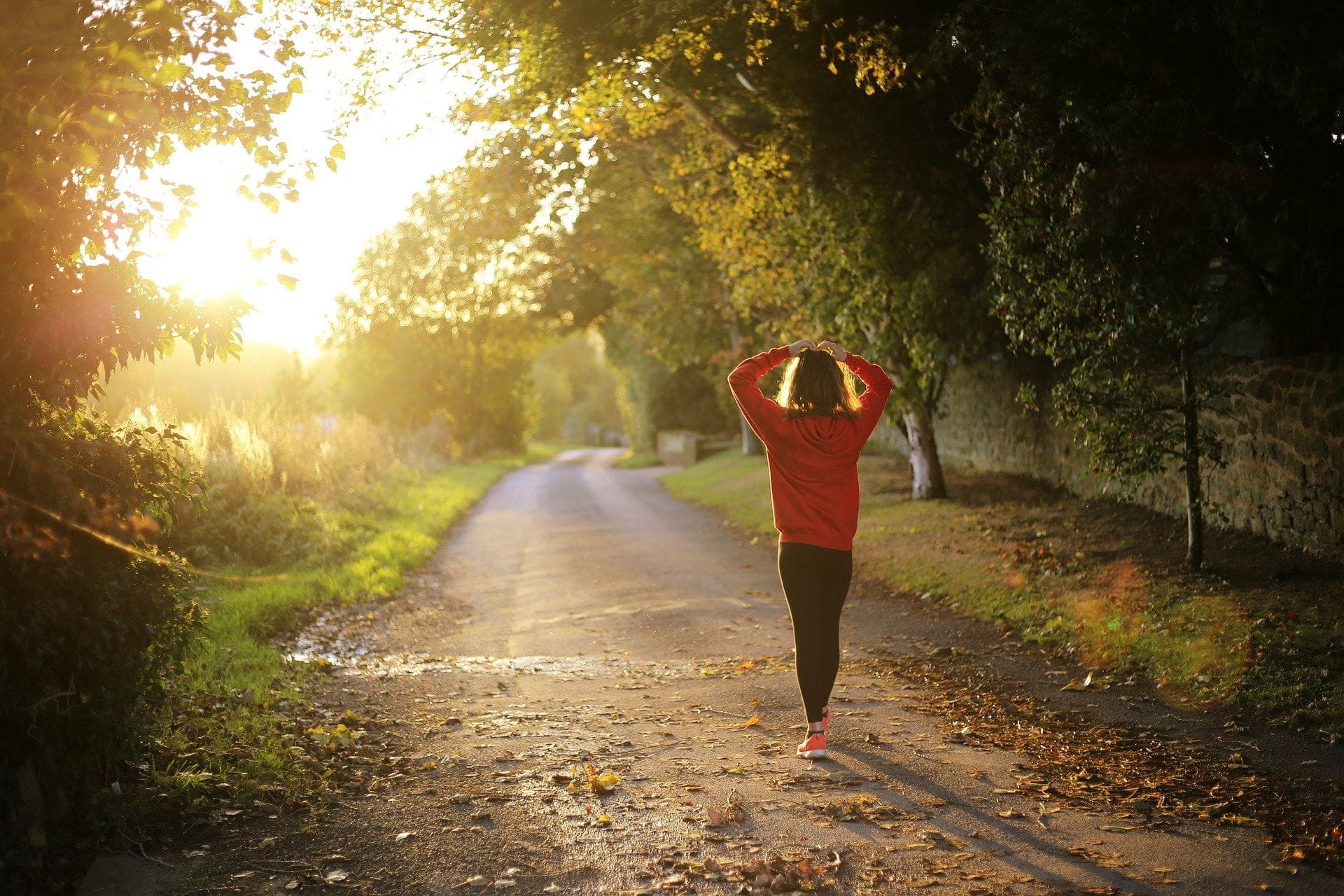In the pursuit of a healthy lifestyle, regular physical activity plays a pivotal role. While intense workouts and gym sessions have their place, one often underestimated yet highly effective form of exercise is walking.
Walking, a healthy and fun activity, holds the power to transform your mental as well as physical health. This simple activity does not require much effort and doesn’t take much time out of the busy schedule of everyone’s life.
Keeping note of ‘how many steps should you take in a day’ is a workout activity that is trending amongst the GenZ and also aged individuals.
Whether you want to stroll around the streets with friends, take your pet for a walk in the park, or just want to have “me” time walking alone, a walk a day can keep you fit and also refreshed because it is really important to walk around in nature for fresh air!
So, let us look into ‘walking habit’ and everything that it can take care of with steps you should take in a day!
How Many Steps Should We Walk in a Day?

The number of steps in a day one should walk has been a debatable topic for years. But there’s no one-size-fits-all approach because many studies have provided guidelines for how many steps a day one should walk.
One commonly cited benchmark recommended is walking 10,000 steps in a day. However, depending on a person’s age, level of fitness, health objectives, and way of life, as well as other factors, the recommended number of steps they should take daily can vary.
Achieving 10,000 steps in a day, for instance, may be difficult for senior citizens or people with certain medical issues. Athletes and others who are very active might need to take additional steps to complete their workout routine, on the other hand.
So, setting a goal that meets your needs and situations is more important than fixing yourself for a specific step count. Also, if setting a step count goal, start with a slow count and then try achieving the goal gradually by increasing the step count over time.
There are many tools like a fitness watch, smartphones, and a pedometer to keep track of your step count in a day. These helpful tools to track your progress can keep you dry, motivated, and persistent toward your step goal.
Ultimately, the focus should be on leading an active and healthy lifestyle rather than solely depending on a step count target. Adding regular moments, walking towards smaller distances, jogging, and running can also contribute greatly towards your overall well-being.
So, it’s important to listen to your body, set achievable goals, and be consistent with your fitness.
Benefits of Walking
Physical Activity is a boon for a healthy, happy, and sound life; we all need to engage in some form or other kind of physical activity. Walking alongside other forms of physical activity has plenty of benefits; here, we have listed a few of them; please read to get the most out of it.
1. Physical Well-Being

- Improves heart health: Walking is an excellent cardiovascular workout that makes blood circulation well, promoting good heart health, which in turn reduces cholesterol levels, lowers blood pressure, regulates blood flow, and lowers the risk of heart diseases.
- Weight loss: Walking daily with particular steps can help reduce unnecessary weight. It is an accessible way of working that boosts the metabolism, helps burn calories, and ultimately sheds weight. It also reduces obesity and weight-related health issues.
- Diabetes control: Since walking has a good hold on blood sugar levels, a positive impact of this diabetes is controlled. Walking regularly can greatly help in preventing type 2 diabetes.
- Toning Muscles: Walking makes multiple muscle groups, which promote muscle toning and strength. This workout can also improve posture and prevent muscle imbalances.
- Bone and joint health: Walking improves joint flexibility, reducing the risk of joint problems that, in turn, strengthens bones as well. It is majorly advantageous in stopping osteoporosis.
- Increases immunity: Having a walking routine for some steps in a day boosts the immune system, which ultimately reduces the risk of falling and feeling ill.
2. Mental and Emotional Well-Being

- Improved mood: Walking is an exercise that for ages has been linked to upliftment of mood and reducing the symptoms of depression. The natural surroundings in which we take a way can literally lift anybody’s mood just with its exposure.
- Stress Reduction: Be it a little stroll outdoors or a park with your pet, walking is a natural stress reliever. It triggers the release of endorphins- feel-good hormones that eliminate stress and anxiety.
- Creativity boost: When we walk, our brain is free, and with a free mind comes creative thoughts and added problem-solving solutions.
- Cognitive function: Walking improves cognitive functions like brain memory, focused mind, and attention. A daily walk enhances the proper blood flow, which promotes mental clarity, health, and alertness.
- Better sleep: Getting involved in any workout helps one sleep better and instantly. Walking helps regulate the sleep pattern that allows a sound sleep without interruptions.
3. Social Benefits

- Connections: Walking allows people to get involved in social interaction. Walking with family, friends, neighbors, or community members can be fun and strengthen the bond by sharing moments and memories.
- Inclusivity: Walking has been an all-time include activity that people of all ages can do to maintain their fitness level. It barely requires any effort and can be done at any time of the day.
- Societal engagement: Walking helps people explore their surroundings, be it a food shop, parks, or just hidden places. This way also helps you find your exploration buddy.
4. Financial Benefits

- Affordability: Walking is a simple exercise requiring no hefty fees for gyms and equipment. It only requires comfortable shoes that can help you do your walking swiftly.
- Time efficient: walking can be done at any time of the day and at any time that is free for your busy schedule. One can also walk for commuting to shorter distances.
- Reduces healthcare expenses: Walking can help reduce many health issues, as walking breaks a sedentary lifestyle. It is always better to walk than to bear huge healthcare costs.
By walking steps in a day, one can reduce health risks. The many advantages of walking move an individual towards a healthier, happier, and more balanced existence.
What is the Best Time to Walk?

Early morning is often considered the best time to walk for active fitness and lifestyle. Getting a brisk walk after a night’s sleep can give added advantages. In the mornings, the air is generally fresh and cool, which helps in pure breathing that’s good for our lungs.
Also, the morning sunlight is a good Vitamin D source for the body, which helps to support our body’s bone system and promotes a good mood. Additionally, starting a day with boosting metabolism can help in weight loss clearly, improving great energy levels for the entire day.
Another great time for walking is early evening between 5-6 p.m. Walking during this period can be a great stress reliever after the day’s work, which in turn helps to relax and clear the mind, promoting healthy mental well-being.
Furthermore, people in society tend to come out of their houses to enjoy the evening with tea and a walk, and it serves as a great time for social interactions and bonding.
Walking at night after having dinner can also be a great decision because it helps food digestion. It helps the food to move through the digestive tract well, which can also help in weight management. Walking at night after a meal can help you with sound sleep without any interactions.
But remember, it’s really important to keep your time preferences in mind and your schedule to utilize your walking time at its best. Whether it’s a morning walk in nature, an evening walk for social interactions, or an after-dinner walk, the focus should always be on integrating this activity strictly into one’s routine.
How to Include More Steps in Your Day?

By making simple changes and adding mindful habits to your day’s schedule, you can slowly increase your daily step count and take advantage of the many benefits that walking has to offer for a healthy lifestyle. Let’s quickly look at the ways you can follow to include more steps in your day:
- Set realistic goals: Start your walking routine by setting a step count target that is easily achievable without much effort. Then, start gradually increasing the step count and your step goal. This will help you achieve your goals in an interesting and motivating way, leading you to incorporate more steps into your daily routine.
- Take walking breaks: If you’re at a place where sitting is mostly your job, then it’s better to take some small walking breaks. Set a timer for 5-6 minutes or whichever is suitable for you between intervals to break your sitting posture.
- Use a staircase: Though elevators and escalators can save you time, walking through a staircase is an excellent way to add steps to your step count goal. Whether at work, a shopping mall, or your house, choose stairs over elevators to get your heart pumping and legs moving. This way, you can care for your heart and legs by walking through stairs.
- Park farther away: When you drive, park your car farther away from your destination. This will help you walk and add extra steps to your walking routine.
- Listen to music: Put on headphones, play your favorite song, and go on a walk. Adding music to your walking routine can make this exercise an enjoyable one. This can also add extra walking steps if your favorite song is still on the headphones, and you don’t want to miss out on its beat.
- Take your pet on a walk: Taking your pet on a walk in the park or street daily can help you add walking steps to your routine and also make it an enjoyable routine with your favorite creature!
- Include friends or family: If you want to talk with your friends or family, ask them to join you for a walk-over conversation. This can help you achieve your goals and spend time with your loved ones. This way, you can have both without missing out on anyone.
- Explore new routes: Go on a “me” tike with exploring thought. Whether it’s a nearby park that you want to go to for a long, a food shop, or a local street, explore all that you’ve been wanting to do for a long with a walk. This way, walking and your exploration hunger can go well together.
Incorporation of more walking steps into your daily routine doesn’t take much effort. It just requires small and intentional changes toward your physical and mental well-being for a healthy lifestyle.
Conclusion
Incorporating a daily habit of walking into your daily schedule can greatly impact you with many positive effects. Be it weight loss, health issues, social interactions, anxiety-stress, or casual nature meet-ups, walking has everything to offer human beings without requiring much of their time, effort, and money!
Walking is an activity for everybody of any age; it’s just that waking steps differ for different fitness levels and ages of individuals. But always remember, to make walking inculcate into your daily routine deeper, it requires a hardcore consistency because without it, walking can be a single day or so exercise.
Small steps lead to significant strides, and with each deliberate walk, you inch closer to a healthier, happier you. So, lace up your shoes and follow the rhythm of your footsteps!
Let us know in the comments below about this walking guide.




